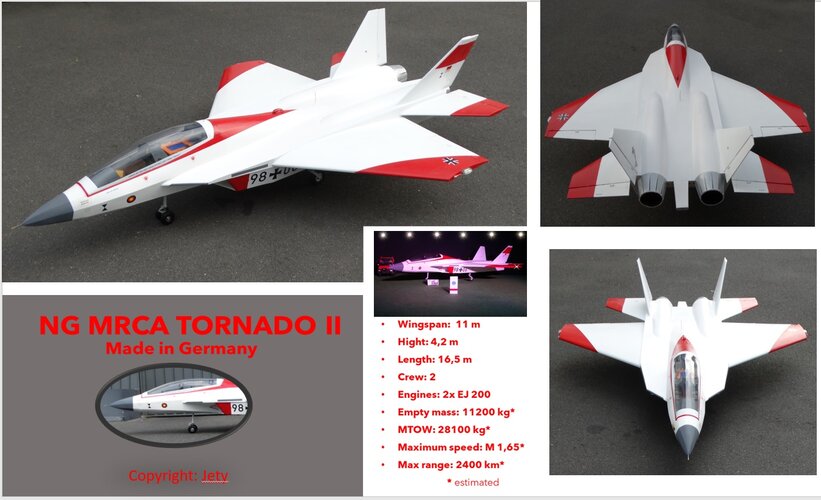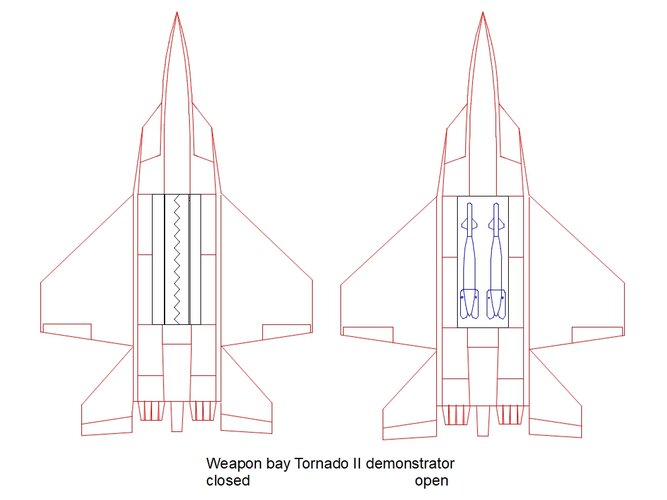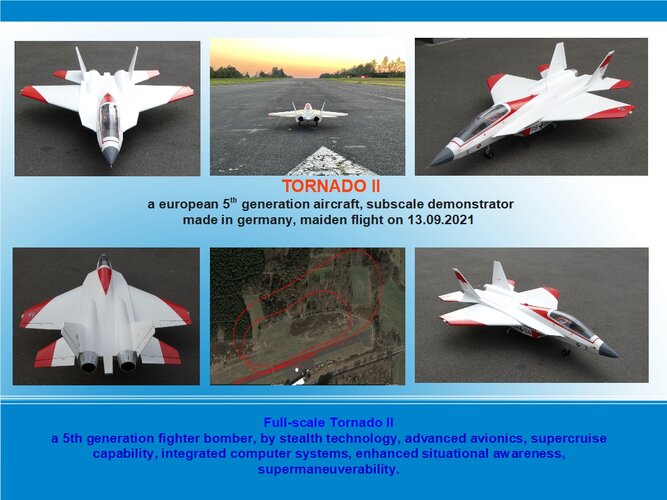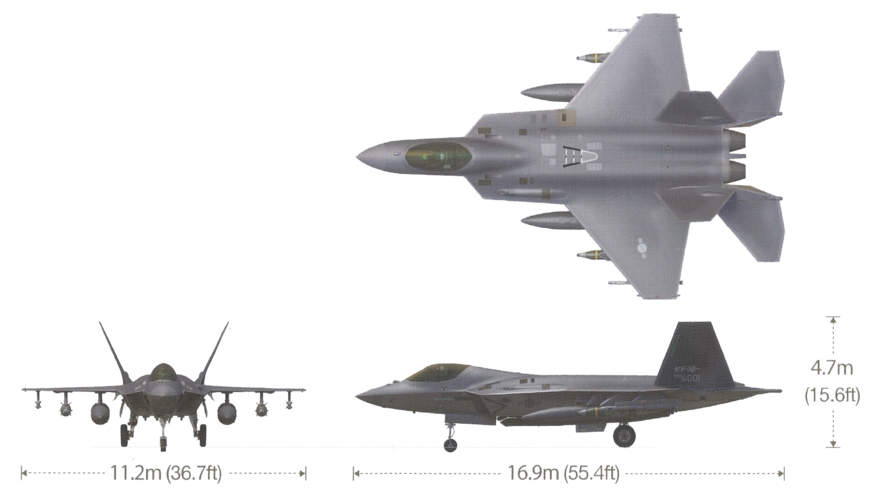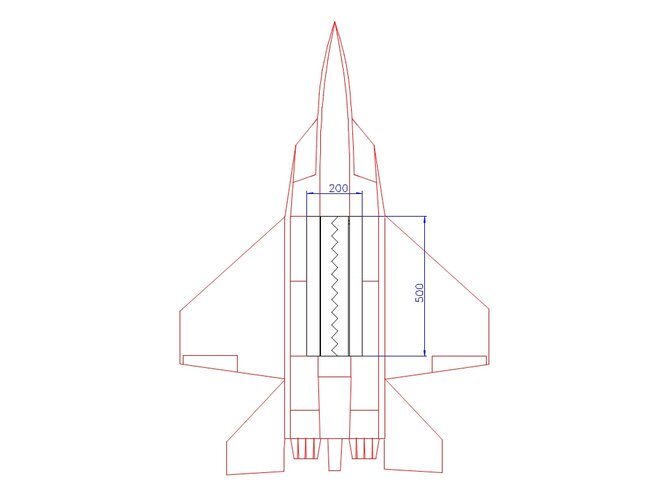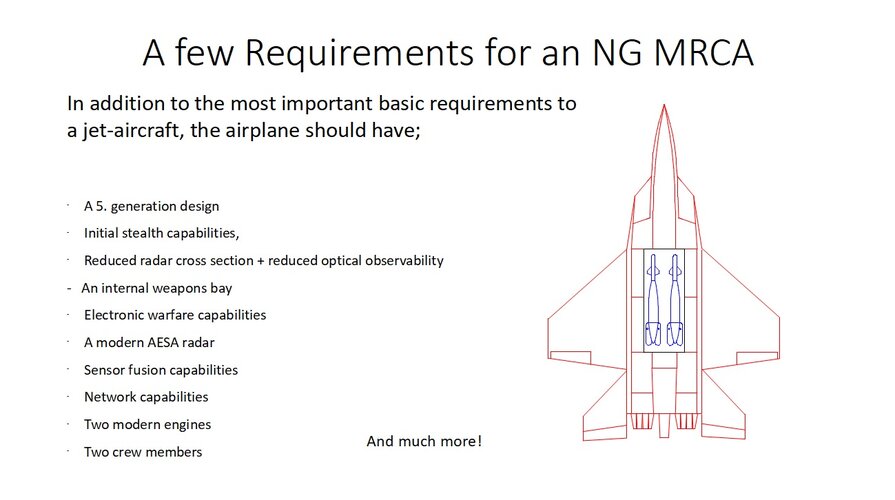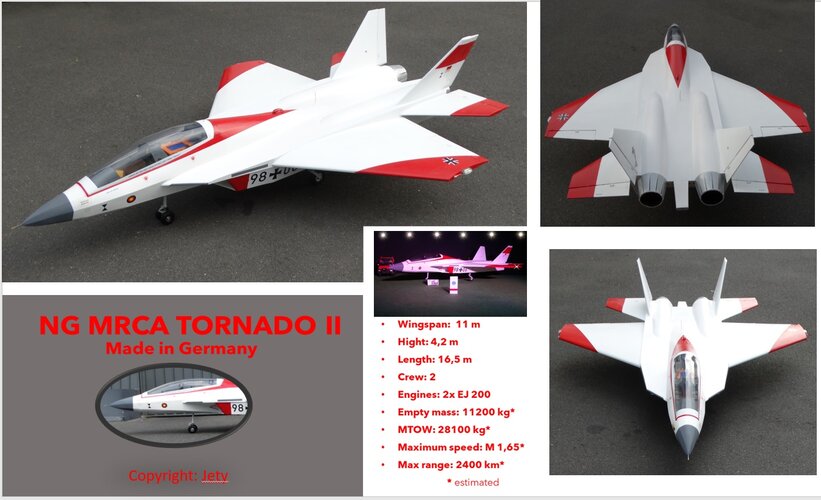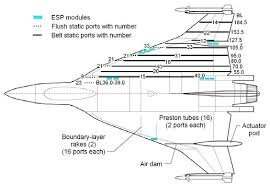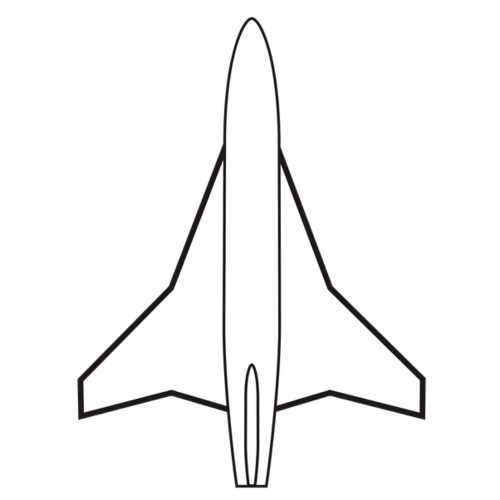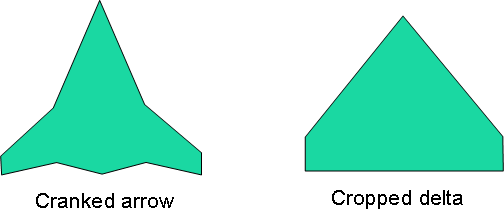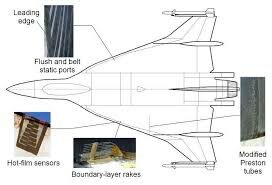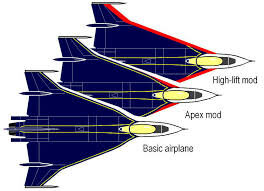Jety
ACCESS: Restricted
- Joined
- 3 April 2024
- Messages
- 29
- Reaction score
- 47
Good evening everyone,
I am the “new guy” here in the forum, my user name is Jety and my nick name is Leo.
I live in Germany and apologize for my not so good english.
A few years ago, I dealt very intensively with the questions of how large and heavy a 5th or 6th generation stealth aircraft should be.
As part of my own project for an MRCA Tornado follow-up aircraft, I came to the following answer while looking for answers to these questions.
The answers to these questions depend very much on the performance required of the aircraft and the intended payload of the aircraft. The number of engines and the size of an internal weapons bay also play a central role. There are also parameters for the maximum speed and altitude that the aircraft should reach. In order to achieve asomewhat reasonable compromise here, I ultimately came up with dimensions similar to those of the F-35.
You can see the result of my study in the image below. More on this project in a new thread coming soon. Then I will present this project in detail.
I am the “new guy” here in the forum, my user name is Jety and my nick name is Leo.
I live in Germany and apologize for my not so good english.
A few years ago, I dealt very intensively with the questions of how large and heavy a 5th or 6th generation stealth aircraft should be.
As part of my own project for an MRCA Tornado follow-up aircraft, I came to the following answer while looking for answers to these questions.
The answers to these questions depend very much on the performance required of the aircraft and the intended payload of the aircraft. The number of engines and the size of an internal weapons bay also play a central role. There are also parameters for the maximum speed and altitude that the aircraft should reach. In order to achieve asomewhat reasonable compromise here, I ultimately came up with dimensions similar to those of the F-35.
You can see the result of my study in the image below. More on this project in a new thread coming soon. Then I will present this project in detail.
Attachments
Last edited:

